Straight vs. curved trimmer
drewguy
12 years ago
Related Stories

Straight-Up Advice for Corner Spaces
Neglected corners in the home waste valuable space. Here's how to put those overlooked spots to good use
Full Story
ARCHITECTUREFeel-Good Home: Curves Follow Nature’s Lead
See what happens when you leave straight lines behind
Full Story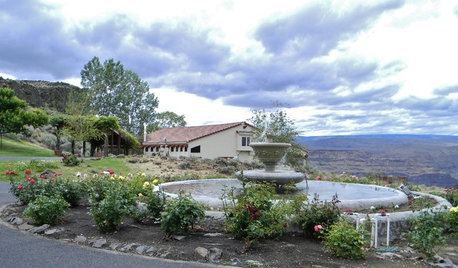
CONTEMPORARY HOMESMy Houzz: Check Out the Curves on This Cliffside Home
Circular forms star in a home on a Washington gorge, from the boulder pile downstairs to an exterior side with nary a straight line
Full Story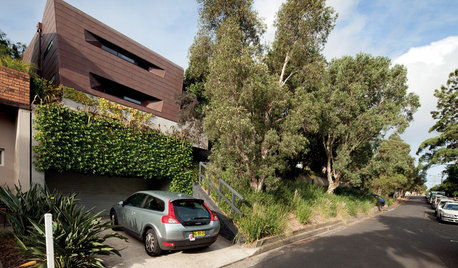
ARCHITECTURESculptural Modern Homes Throw Architecture Some Curves
Curvy profiles, roofs and interiors make these modern Australian homes straight-up stunning
Full Story
GARDENING AND LANDSCAPING5 Unique Homes Throw the Landscape a Curve
Swooping house plans cradle views, reflect their owners' one-of-a-kind style
Full Story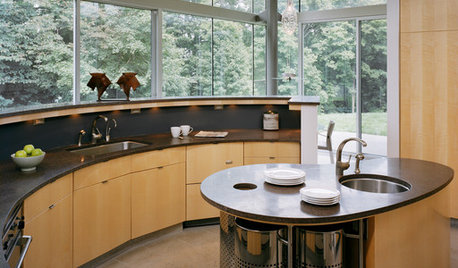

DECORATING GUIDESHow to Get Curves in All the Right Spaces
Use the softening effect of curves to enhance and define your indoor and outdoor areas
Full Story
Design School: Embrace the Curve
Give your home more harmony with some well-placed curves around the house
Full Story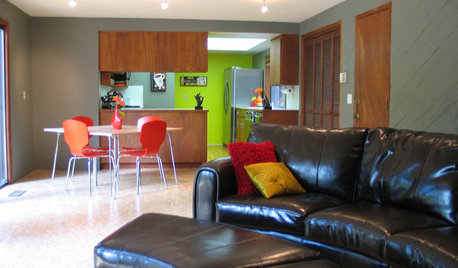
FURNITUREBrilliant Solution: The Curved Sofa
See how a curved sofa can enhance conversation, solve decorating dilemmas, and create a more welcoming room
Full Story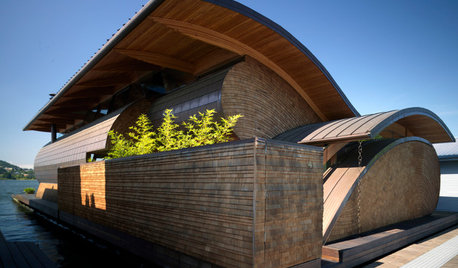
CONTEMPORARY HOMESHouzz Tour: Curves Ahoy! See a Unique Floating Home
It appeared on ‘Portlandia,’ but it doesn’t take a camera crew to see how special this home on a river is
Full StoryMore Discussions






rcmoser
Greg Goyeneche
Related Professionals
New Bedford Landscape Architects & Landscape Designers · Deer Park Landscape Architects & Landscape Designers · Downey Landscape Contractors · Indianapolis Landscape Contractors · Las Vegas Landscape Contractors · Middle River Landscape Contractors · Muttontown Landscape Contractors · Selden Landscape Contractors · South Hackensack Landscape Contractors · Bainbridge Island Decks, Patios & Outdoor Enclosures · Lansdale Decks, Patios & Outdoor Enclosures · Randallstown Decks, Patios & Outdoor Enclosures · Centralia Home Builders · Converse Home Builders · Pine Bluff Home Buildersewalk